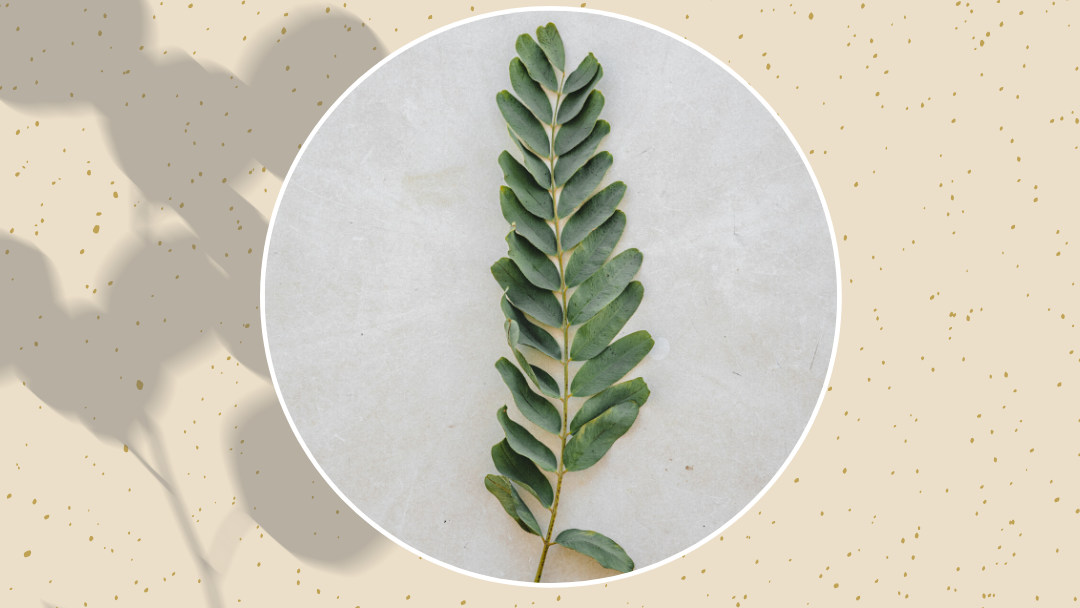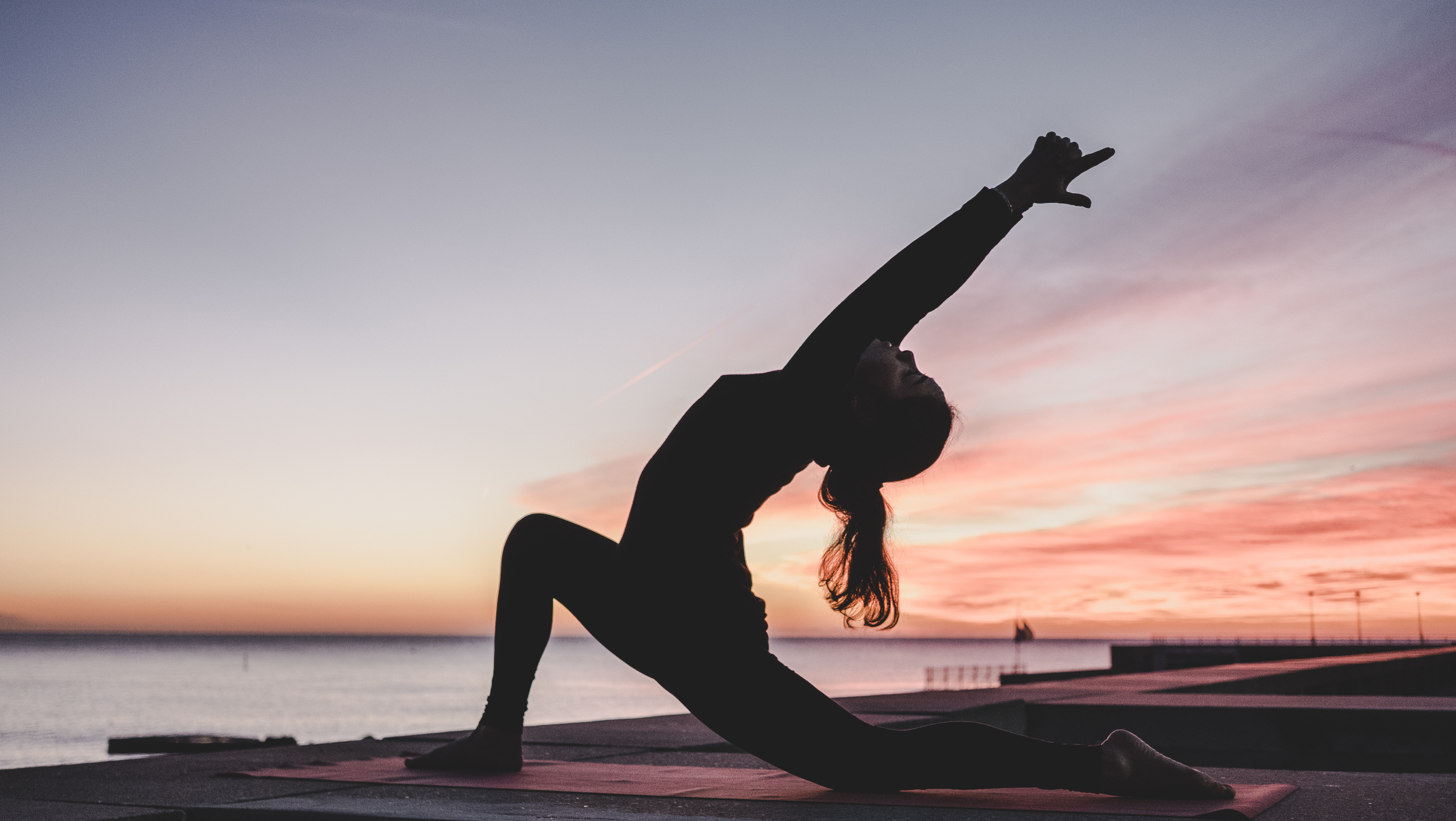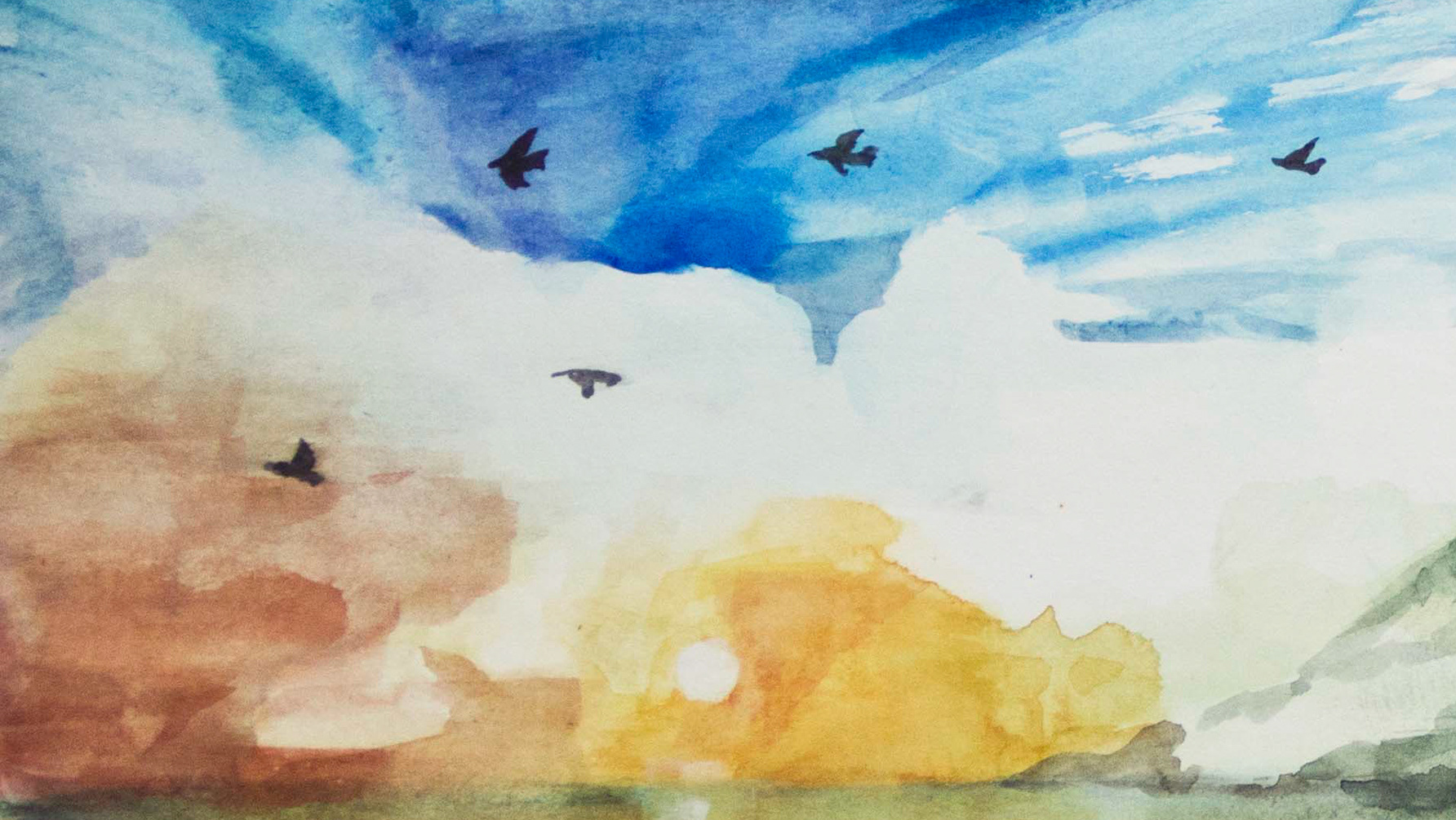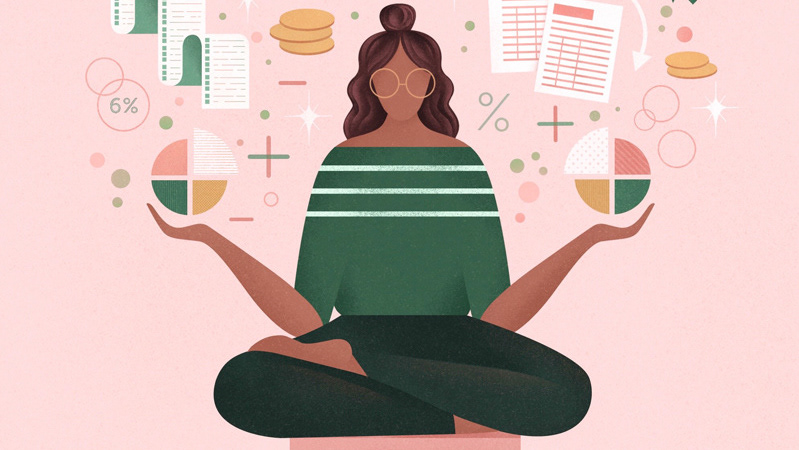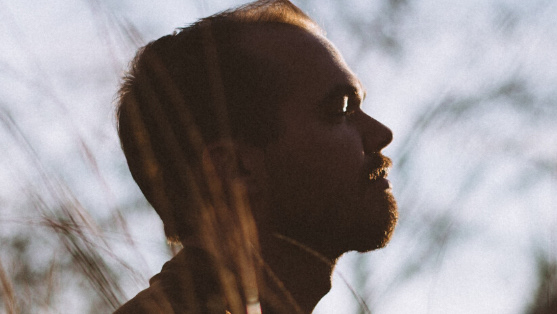Yes, it’s a strange thing to do — just sit there and do basically nothing. Yet the simple act of stopping, says meditation teacher Pema Chödrön, is the best way to cultivate our good qualities.
If we can train ourselves through meditation to be more open and more accepting toward the wild arc of our experience, if we can lean into the difficulties of life and the ride of our minds, we can become more settled and relaxed amid whatever life brings us.
Many meditation teachers talk about developing a sky mind, which means that our mind can be literally as open as the entire firmament. When our mind is at ease, it naturally finds contentment and inner silence.
Meditation gives us the opportunity to have an open, compassionate attentiveness to whatever is going on. The meditative space is like the big sky— spacious, vast enough to accommodate anything that arises.
Meditation is a practice that creates a path towards stillness, clarity, joy, concentration, generosity and many other beautiful attributes. Here are five reasons given by Pema Chödrön to meditate.
1. Steadfastness
Through meditation, we are developing a loyalty to ourselves.
This steadfastness that we cultivate in meditation translates immediately into loyalty to one’s experience of life.
Steadfastness means that when you sit down to meditate and you allow yourself to experience what’s happening in that moment—which could be your mind going a hundred miles an hour, your body twitching, your head pounding, your heart full of fear, whatever comes up—you stay with the experience. That’s it. Sometimes you can sit there for an hour and it doesn’t get any better. Then you might say, “Bad meditation session. I just had a bad meditation session.” But the willingness to sit there for ten minutes, fifteen minutes, twenty minutes, a half hour, an hour, however long you sat there—this is a compassionate gesture of developing loyalty or steadfastness to yourself.
2. Clear Seeing
Meditation deepens your understanding of yourself.
The second quality that we generate in meditation is clear seeing, which is similar to steadfastness. Sometimes this is called clear awareness. Through meditation, we develop the ability to catch ourselves when we are spinning off, or hardening to circumstances and people, or somehow closing down to life. We start to catch the beginnings of a neurotic chain reaction that limits our ability to experience joy or connect with others. You would think that because we are sitting in meditation, so quiet and still, focusing on the breath, that we wouldn’t notice very much. But it is actually quite the opposite.
In meditation, you are moving closer and closer to yourself, and you begin to understand yourself so much more clearly. Meditation helps us clearly see ourselves and the habitual patterns that limit our life.
3. Courage
Meditation loosens up our conditioning; it’s loosening up the way we hold ourselves together, the way we perpetuate our suffering.
The third quality that seems to organically develop within us is the cultivation of courage, the gradual arising of courage. I think the word “gradual” here is very important, because it can be a slow process. But over time, you will find yourself developing the courage to experience your emotional discomfort and the trials and tribulations of life.
Meditation allows you to see something fresh that you’ve never seen before or to understand something new that you’ve never understood before.
Through this developing courage, we are often graced with a change in our worldview, if ever so slight. Meditation allows you to see something fresh that you’ve never seen before or to understand something new that you’ve never understood before. Sometimes we call these boons of meditation “blessings.” In meditation, you learn how to get out of your own way long enough for there to be room for your own wisdom to manifest, and this happens because you’re not repressing this wisdom any longer.
4. Attention
Meditation helps you meet your edge and living wholeheartedly
This is the absolute essence of meditation. We develop attention to this very moment; we learn to just be here. And we have a lot of resistance to just being here! When I first started practicing, I thought I wasn’t good at it. It took me a while to realize that I had a lot of resistance to just being here now. Just being here—attention to this very moment—does not provide us with any kind of certainty or predictability. But when we learn how to relax into the present moment, we learn how to relax with the unknown.
Meditation helps you meet your edge; it’s where you actually come up against it and you start to lose it. Meeting the unknown of the moment allows you to live your life and to enter your relationships and commitments ever more fully. This is living wholeheartedly.
So this place of meeting our edge, of accepting the present moment and the unknown, is a very powerful place for those who wish to awaken and open their heart and mind. The present moment is the generative fire of our meditation. It is what propels us toward transformation. In other words, the present moment is the fuel for your personal journey. Meditation helps you meet your edge; it’s where you actually come up against it and you start to lose it. Meeting the unknown of the moment allows you to live your life and to enter your relationships and commitments ever more fully. This is living wholeheartedly.
Meditation is revolutionary, because it’s not a final resting place: you can always be more settled. So if you ask why we meditate, I would say it’s so we can become more flexible and tolerant to the present moment.
5. No Big Deal
You’ve seen it all, and seeing it all allows you to love it all.
The fifth and last quality regarding why we meditate is what I call “no big deal.” It’s what I am getting at when I say we become flexible to the present moment. Yes, with meditation you may experience profound insight, or the magnificent feeling of grace or blessing, or the feeling of transformation and newfound courage, but then: no big deal. You’re on your deathbed, and you have this nurse who’s driving you nuts, and it’s funny: no big deal.
This was one of the biggest teachings from my teacher, Chögyam Trungpa Rinpoche: no big deal. I remember one time going to him with what I thought was a very powerful experience from my practice. I was all excited, and as I was telling him about this experience, he had a look. It was a kind of indescribable look, a very open look. You couldn’t call it compassionate or judgmental or anything. And as I was telling him about this, he touched my hand and said, “No . . . big . . . deal.” He wasn’t saying “bad,” and he wasn’t saying “good.” He was saying that these things happen and they can transform your life, but at the same time don’t make too big a deal of them, because that leads to arrogance and pride, or a sense of specialness. On the other hand, making too big a deal about your difficulties takes you in the other direction; it takes you into poverty, self-denigration, and a low opinion of yourself. So meditation helps us cultivate this feeling of no big deal, not as a cynical statement, but as a statement of humor and flexibility. You’ve seen it all, and seeing it all allows you to love it all.
This teaching is from Pema Chödrön’s book, “How to Meditate: A Practical Guide to Making Friends with Your Mind,” published by Sounds True.
Shenpa – Unhooking Habitual Patterns
This Wednesday I taught a meditation class where we talked about shenpa. Here is an excerpt from an article by Pema Chödrön for the Shambhala Publications, where she explains four elements that can help us to be less reactive and respond with more awareness.
When we meditate, we are doing ourselves a kindness and affording ourselves an opportunity to sit in a quiet and safe place so that we can begin to see how and when we get hooked. Pema offers a set of reminders that she calls the four R’s, which are:
Recognition
This is how in meditation we see the first glimmer of a thought, feeling or sensation that causes us to want to scratch that itch.
Refraining
Once we see the possibility of being hooked, we also see that we can refrain from taking the next step. For example, when we feel criticized by someone, we notice that we consistently tense up. Noticing this reaction allows us to stay with the situation and refrain from being defensive or to display any variety of default responses. Pema advises us to do this always with a light touch so that the reminders themselves do not become a hammer that we use to beat ourselves over the head.
Relaxing
After we have clearly seen the mechanics of our habitual patterns, we can relax into the situation and let it unravel naturally in our mind.
Resolving
This step is for us to resolve to keep working this way with our mind and our emotions.
In working with this path of meditation and the four R reminders we uncover our three basic human qualities, which are natural intelligence, natural warmth, and natural openness without struggle. Pema Chödrön explains that these qualities have always been with us but perhaps have gotten buried and almost forgotten because we are in a constant struggle with Shenpa.
Bibliography – Taking the Leap: Freeing Ourselves from Old Habits and Fears by Pema Chödrön, Shambhala Publications
